

Over the last 20 years, we have seen plenty of examples of companies looking to grow and expand. Sometimes this is done by introducing new products or increasing marketing spend. Alternatively, companies can grow by buying out and/or merging with other brands. In many cases, two companies coming together create cost synergies which can help both operate more efficiently.
There is no doubt that competition is getting tougher across any number of business segments. The limited size of markets and increasing numbers of competitors have made new customer acquisition increasingly difficult. It’s because of this that mergers are growing more attractive to companies. With this in mind, let’s jump right into the biggest mergers of the last 20 years.
10. Cigna and Express Scripts

A major healthcare merger took place in December 2018 when Cigna acquired Express Scripts. Upon receiving approval from the Department of Justice, this $54 billion deal closed. It provided Cigna with an advanced position in the market. Cigna is now on equal footing with CVS, United Health, Humana, and Anthem as the top vertically integrated insurers in the United States.
Cigna Now Owns a Pharmacy
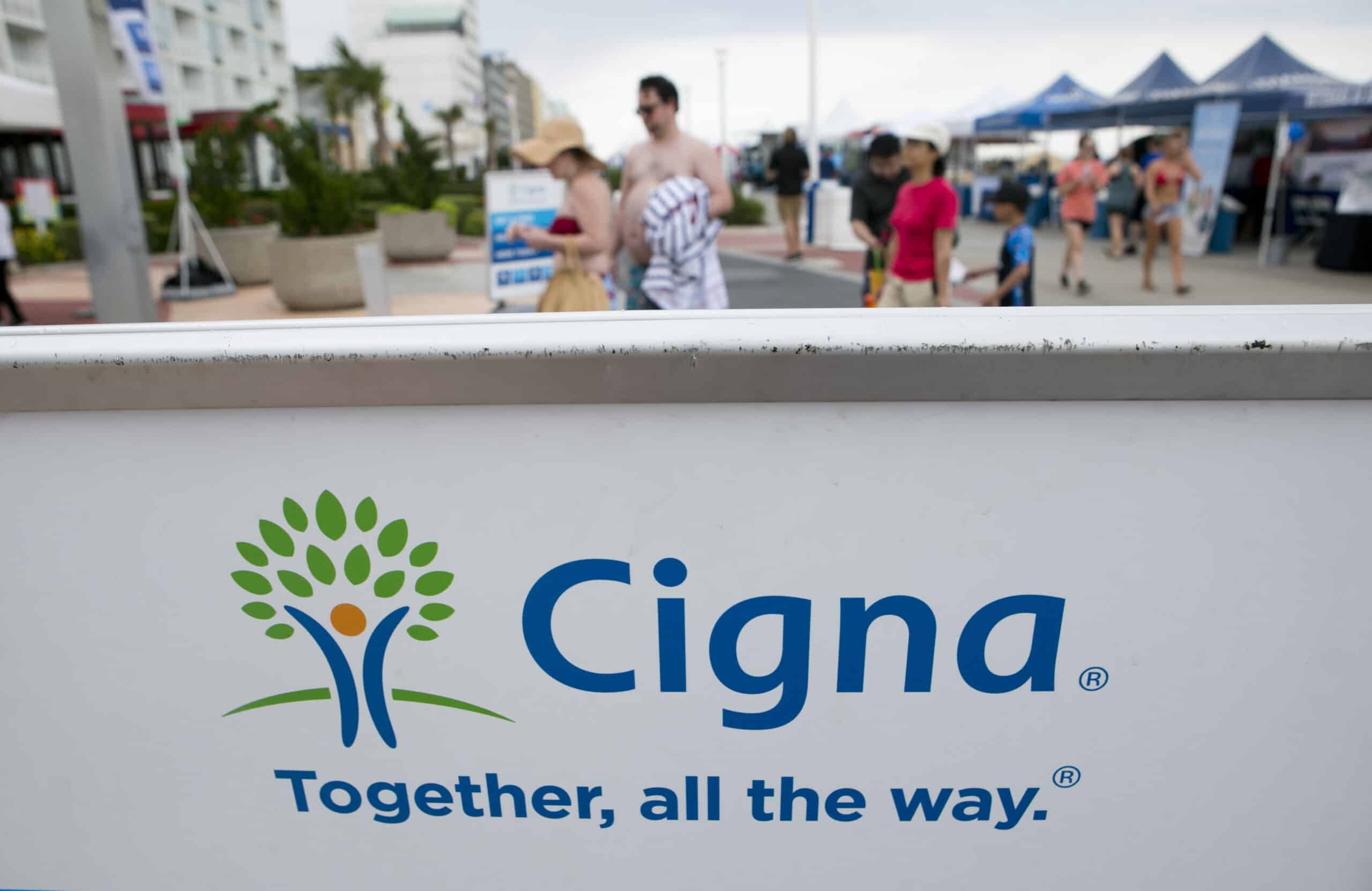
Surprisingly, the combined company received little pushback from the merger. Compared to CVS and Aetna, Cigna acquired Express Scripts and underwent little scrutiny from the government and courts. Upon the close of the deal, Cigna quickly provided its customers with access to Express Scripts and its specialty pharmacy which has numerous cost savings programs.
9. CVS and Aetna
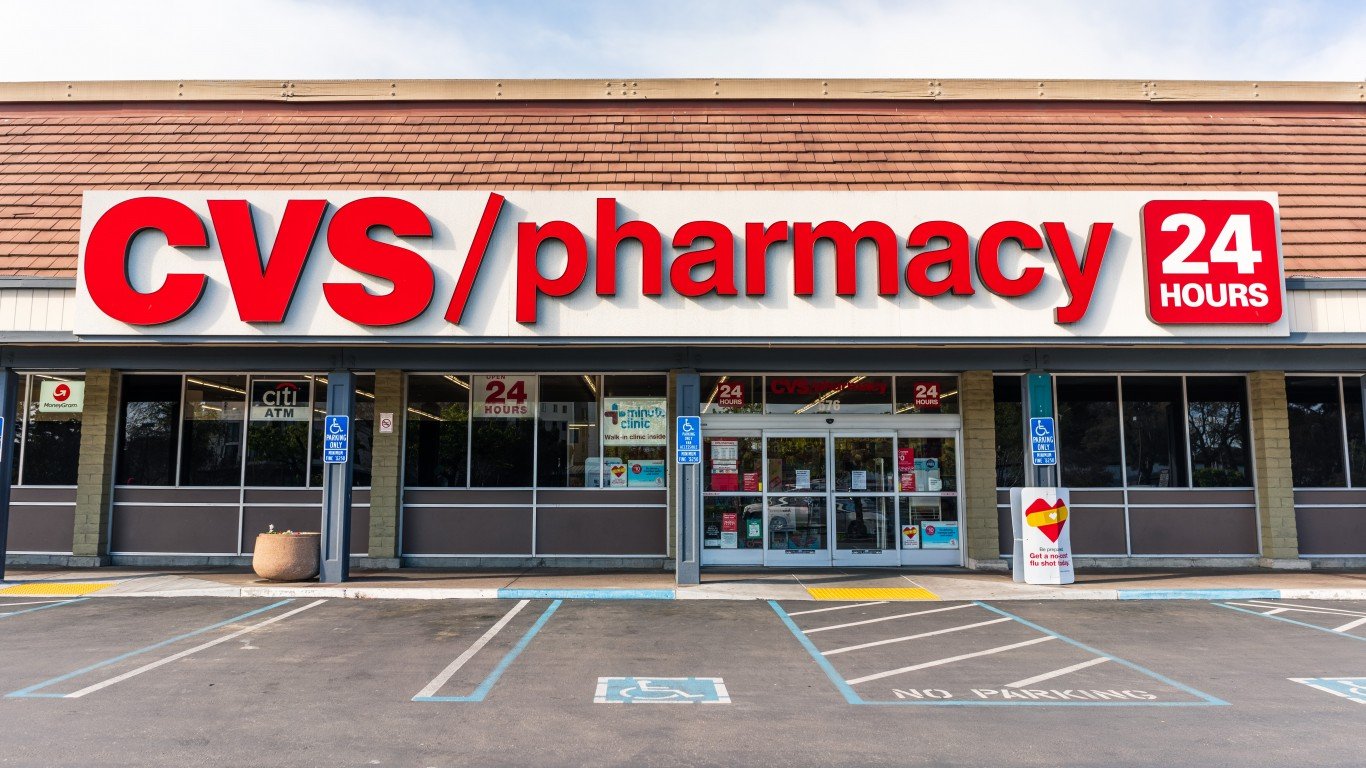
The largest healthcare acquisition in history, CVS announced plans to acquire Aetna in December 2017 for $70 billion. The deal closed one year later in November 2018 and created a healthcare powerhouse. At the time of closing, CVS indicated Aetna would continue to operate as a stand-alone business under the CVS Health umbrella.
CVS Is Now a Healthcare Giant

Customers of both companies did see immediate benefits. The resulting deal allowed for a new healthcare model as CVS leveraged its 9,700 locations. It created over 1,100 walk-in medical clinics that could handle chronic conditions, primary health care services and guide recently discharged hospital patients. ‘
8. Disney and 21st Century Fox

Considered the largest merger in entertainment history, Disney announced it would purchase 21st Century Fox holdings in December 2017. The deal cost Disney $71.3 billion and gave it significant assets including FX, Fox Networks Group, National Geographic, and a 30% stake in Hulu. What the deal did not cover was Fox Broadcasting, Fox News, and Fox television stations.
Disney Owns Your Favorite Superheroes
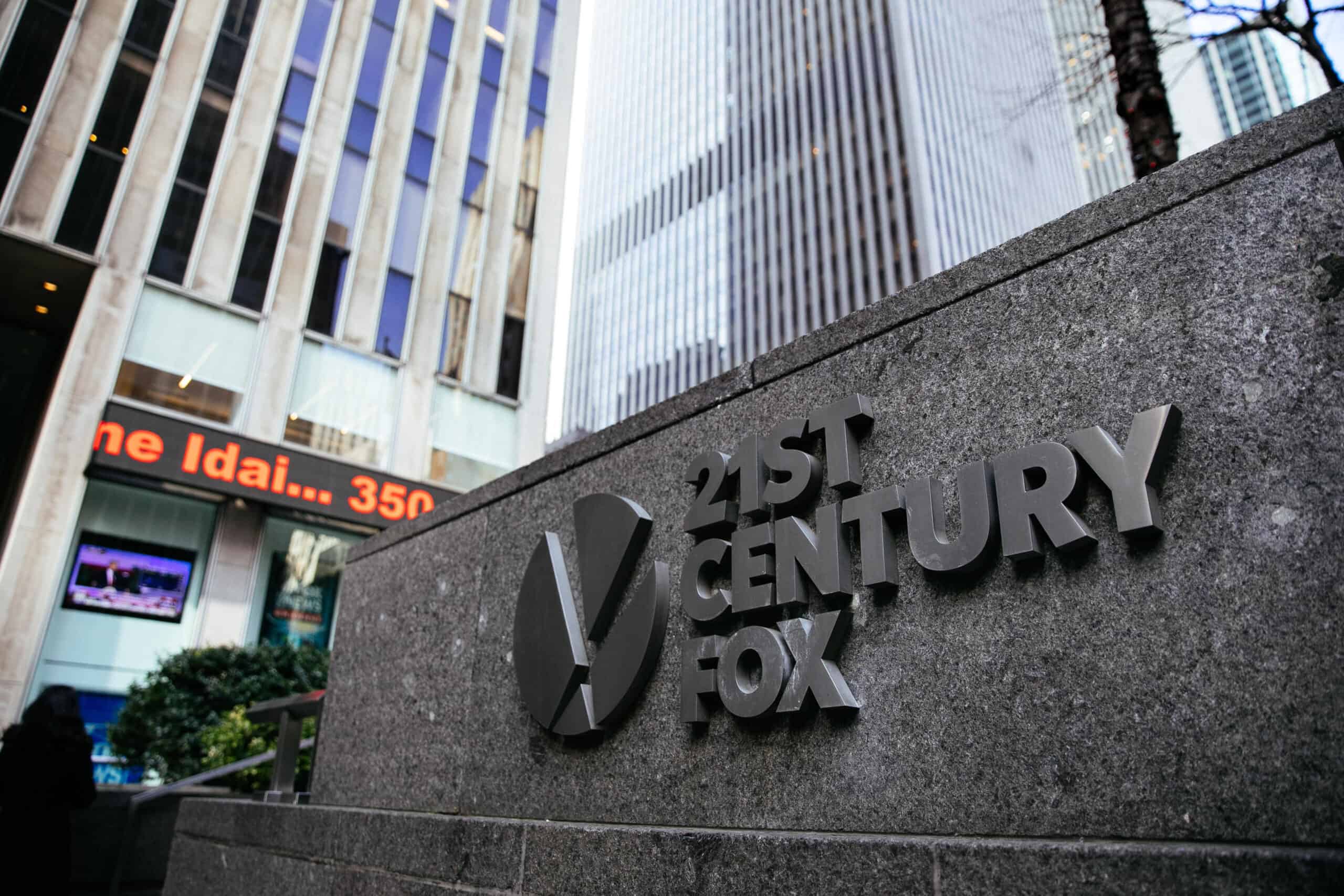
In March 2019, to complete the deal, the U.S. government required Disney to surrender all rights to Fox Broadcasting. As Disney owns ABC, the FCC indicated Disney’s ownership over two of the four major broadcast networks would be against the law. What’s rarely known is that Disney had hoped to pay $20 billion less but upped its bid to stop a potential rival bid from Comcast for 21st Century Fox assets.
7. Charter Communications and Time Warner Cable
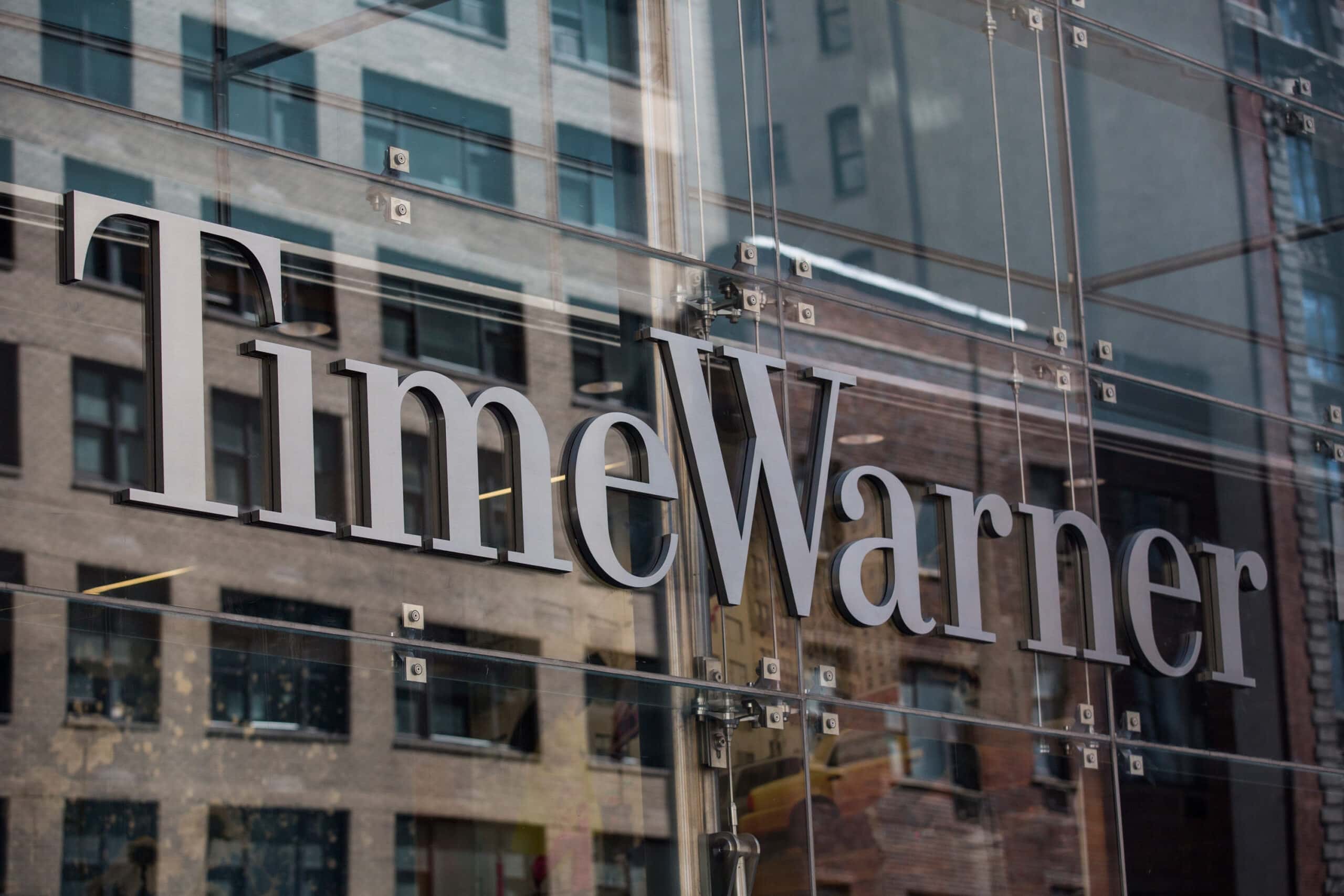
Announced in May 2016, Charter Communications announced its intentions to merge with Time Warner Cable. The $78.7 billion deal also included Bright House Networks, an American telecommunications company that was renamed when the Charter deal closed. The deal surprisingly followed a broken-down agreement between Comcast and Charter and later Comcast and Time Warner.
Charter Grows Its Brand
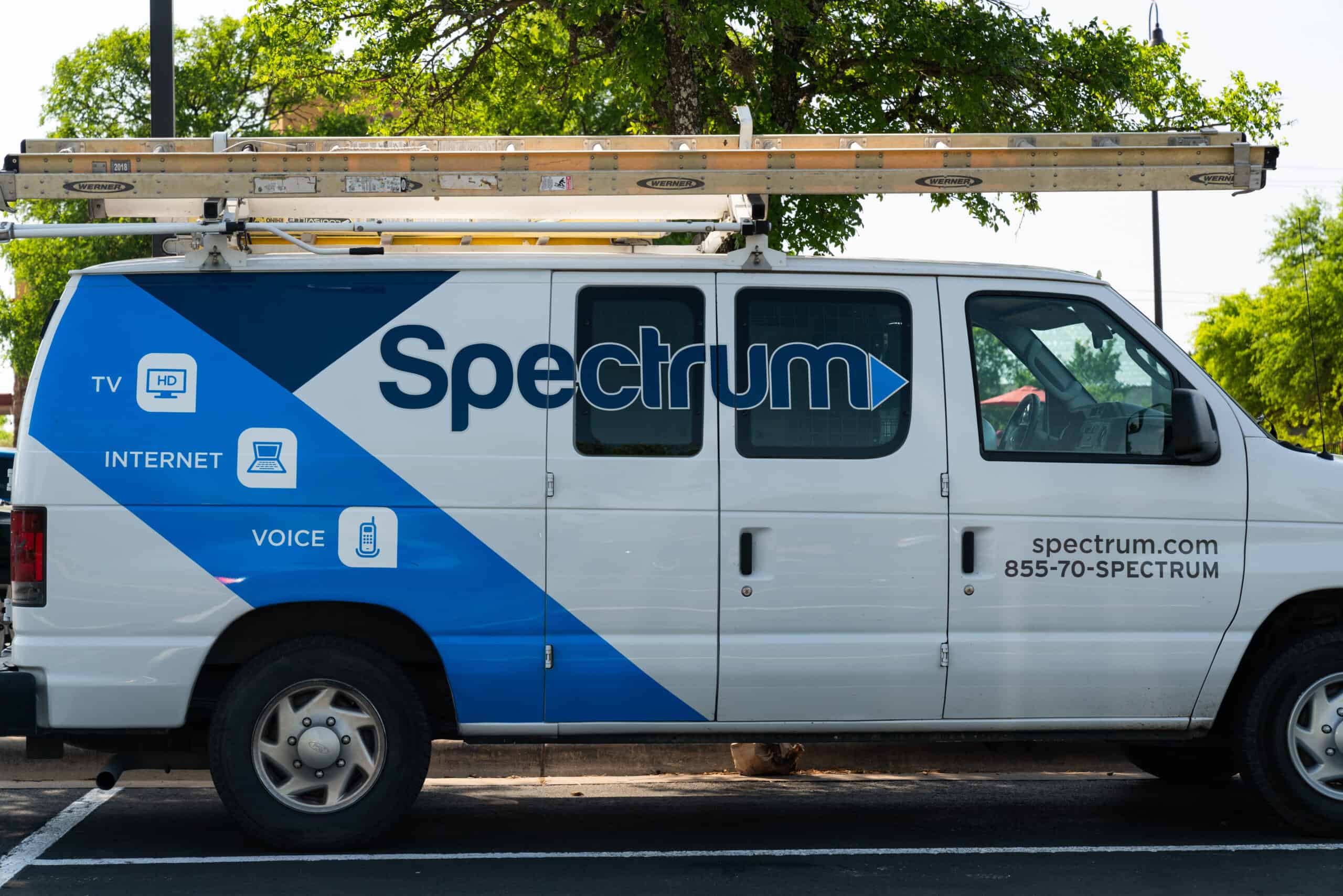
The resulting agreement would lead Charter to stop using TWC and BHN entirely. Today, Charter has fully integrated both Time Warner Cable and Bright House Network into its Spectrum brand. The resulting company has over 30 million residential customers and 7.2 million mobile customers.
6. AT&T and Time Warner

Arguably one of the worst mergers in the last 20 years, AT&T and Time Warner announced a deal on October 22, 2016. AT&T announced it was purchasing Time Warner in its entirety for $85.4 billion. The merger would integrate all of Time Warner’s holdings including DirecTV under the AT&T brand. The U.S. Department of Justice was formally opposed to the deal but ultimately did not stop it.
Worst Merger In Last 20 Years
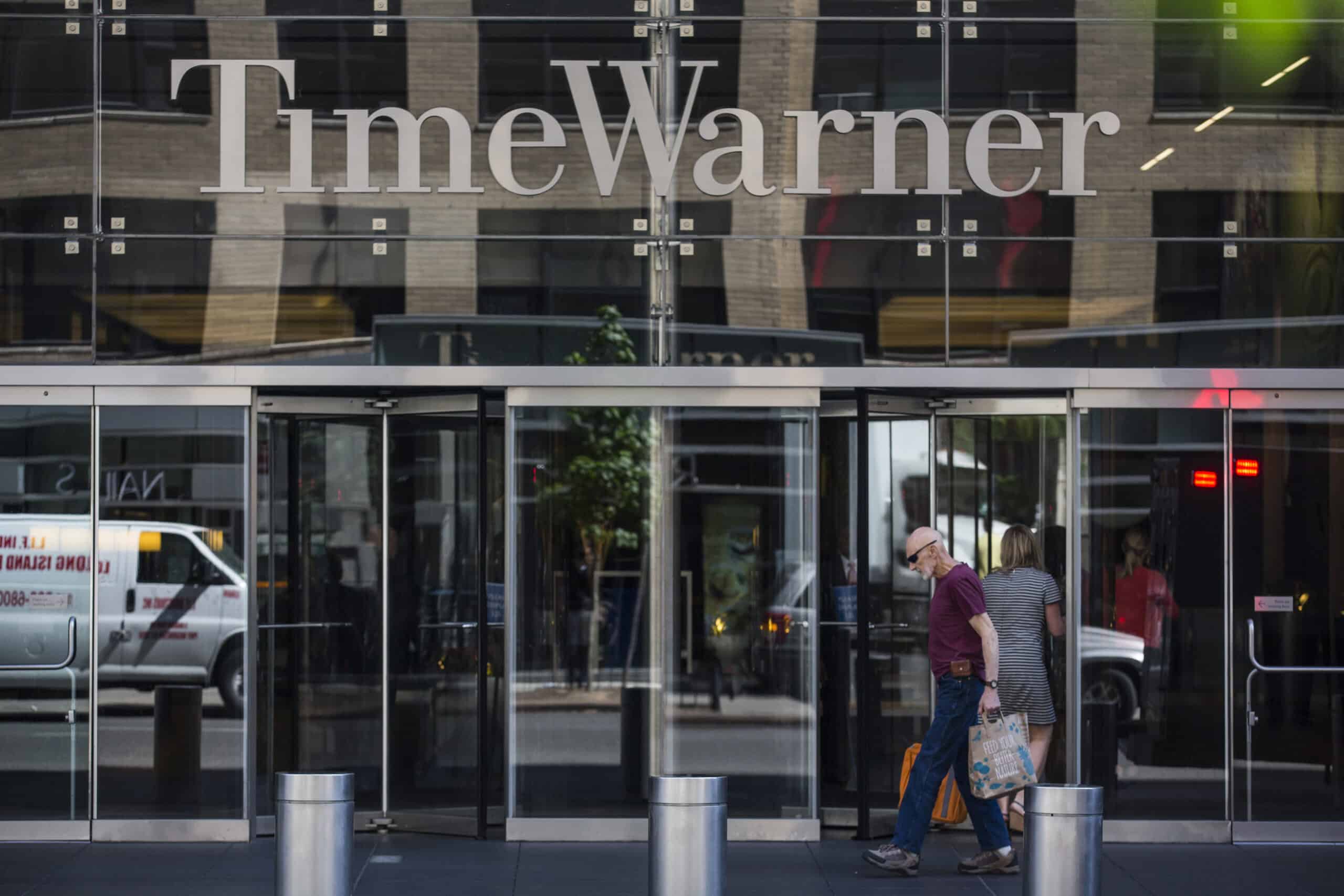
Fast forward to 2024, the AT&T and Time Warner merger is widely regarded as one of the worst deals of all time. The miscalculation on both sides of what a combined company could do ended up costing shareholders billions. As a result, AT&T would spin off Time Warner three years later to combine with its Discovery brand and create a content conglomerate.
5. Heinz and Kraft
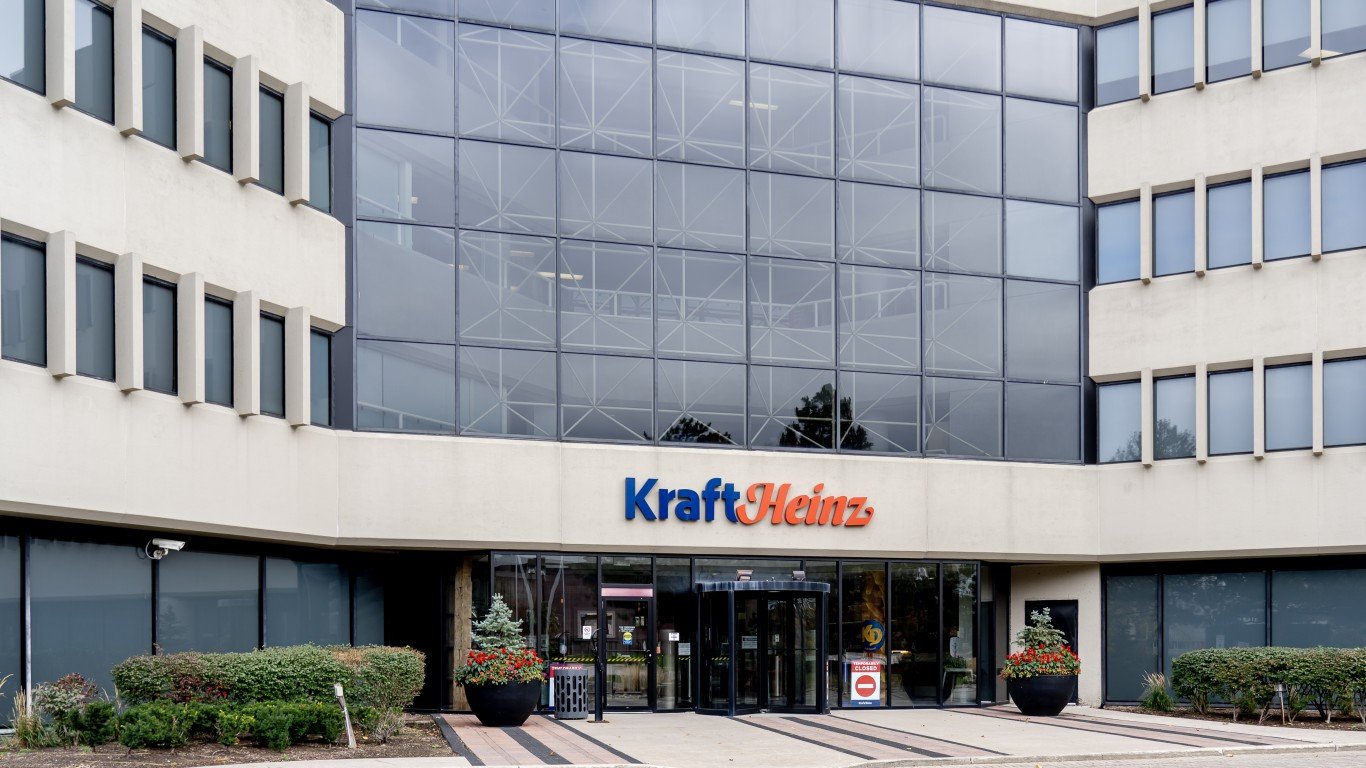
When the merger of H.J. Heinz and Kraft Foods was announced, it was to be known as the Kraft Heinz company. Co-headquartered in Chicago and Pittsburgh, the combined brand is the third-largest food and beverage company in North America and fifth in the world. With over $26 billion in revenue in 2022, there is no doubt Kraft Heinz is a global giant.
Third Largest U.S. Food Company
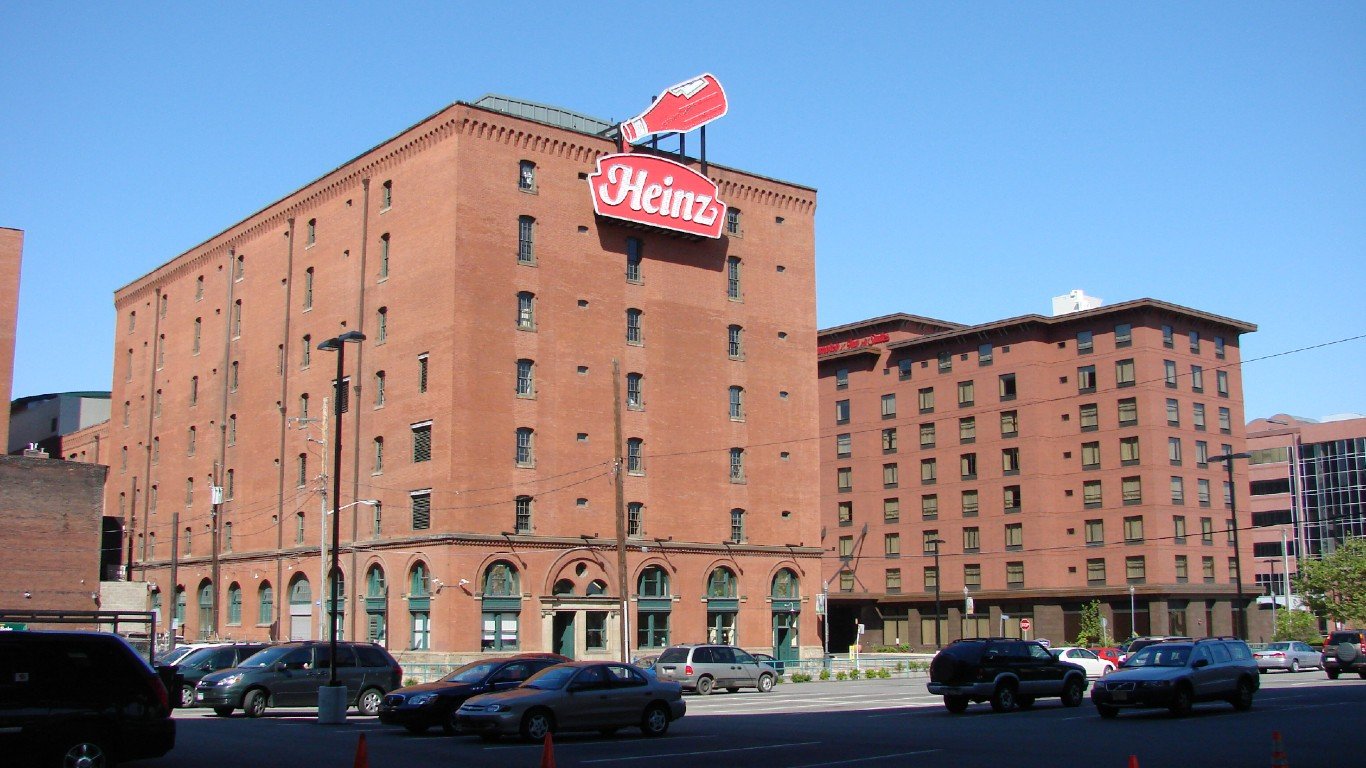
The merger was formally announced on March 25, 2015, for $100 billion. As a result of the deal, 51% of the company will be held by Heinz while the rest goes to Kraft Foods. Surprisingly, the combined company has another owner with 3G Capital and Berkshire Hathaway both holding dominant stakeholder positions.
4. Anheuser-Busch InBev and SABMiller

It was in 2016 that two of the largest beer makers in the world came together to form one giant beer company. Anheuser-Busch bought rival SABMiller for $100 billion in 2016. For years these two companies had flirted with the idea that a deal could be made. Finally, in November 2015, the deal was announced.
Largest Beer Company
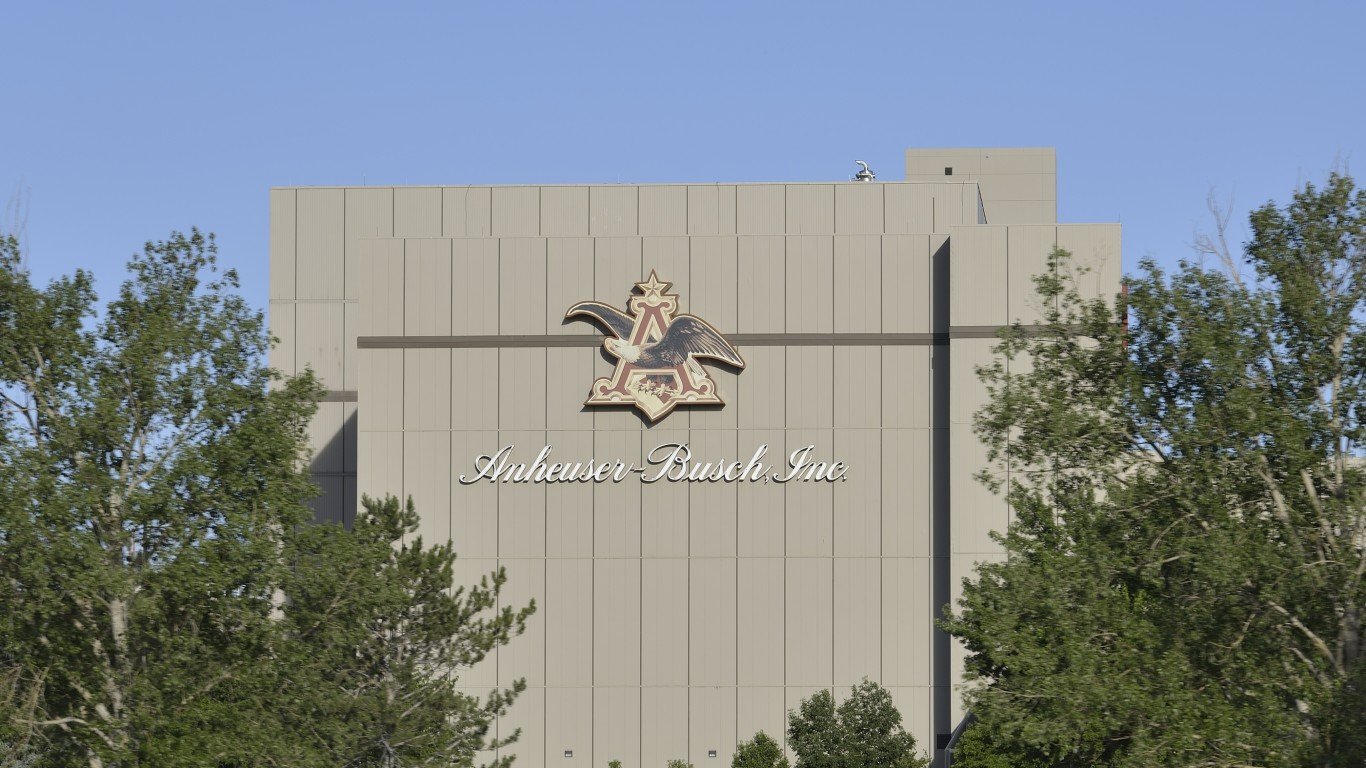
Fast forward to today, the combined company has a combined revenue of $52 billion and holds approximately 28% of the beer market. All in total, AB InBev as its best known has approximately 630 different beer brands in over 150 countries. More than 170,000 employees work for the combined companies.
3. United Technologies and Raytheon

On April 3, 2020, United Technologies and Raytheon indicated their proposed $121 billion merger. United Technologies is an American multinational conglomerate with a focus on aerospace systems, aircraft engines, and elevators. It’s believed that roughly 10% of United Technologies revenue was provided by the U.S. Government. Raytheon is a large U.S. defense contractor that focuses heavily on weapons systems and related electronics.
Giant Defense Contractor

Upon completion, the final cost of the deal is now believed to be $135 billion. The result is a company that brings in more than $71 billion in yearly revenue. Among the combined company’s assets are Otis Elevator Company, Pratt & Whitney, Collins Aerospace, and Carrier.
2. Dow Chemical and DuPont Merge

As the second largest merger in the last 20 years, the “DowDuPont” company combined Dow Chemical and DuPont in 2016. As a result of the merger, the combined company now has three critical divisions. Agriculture, Materials Science, and Specialty Products are now the main focal points of the DowDuPont company.
Splits Into Three
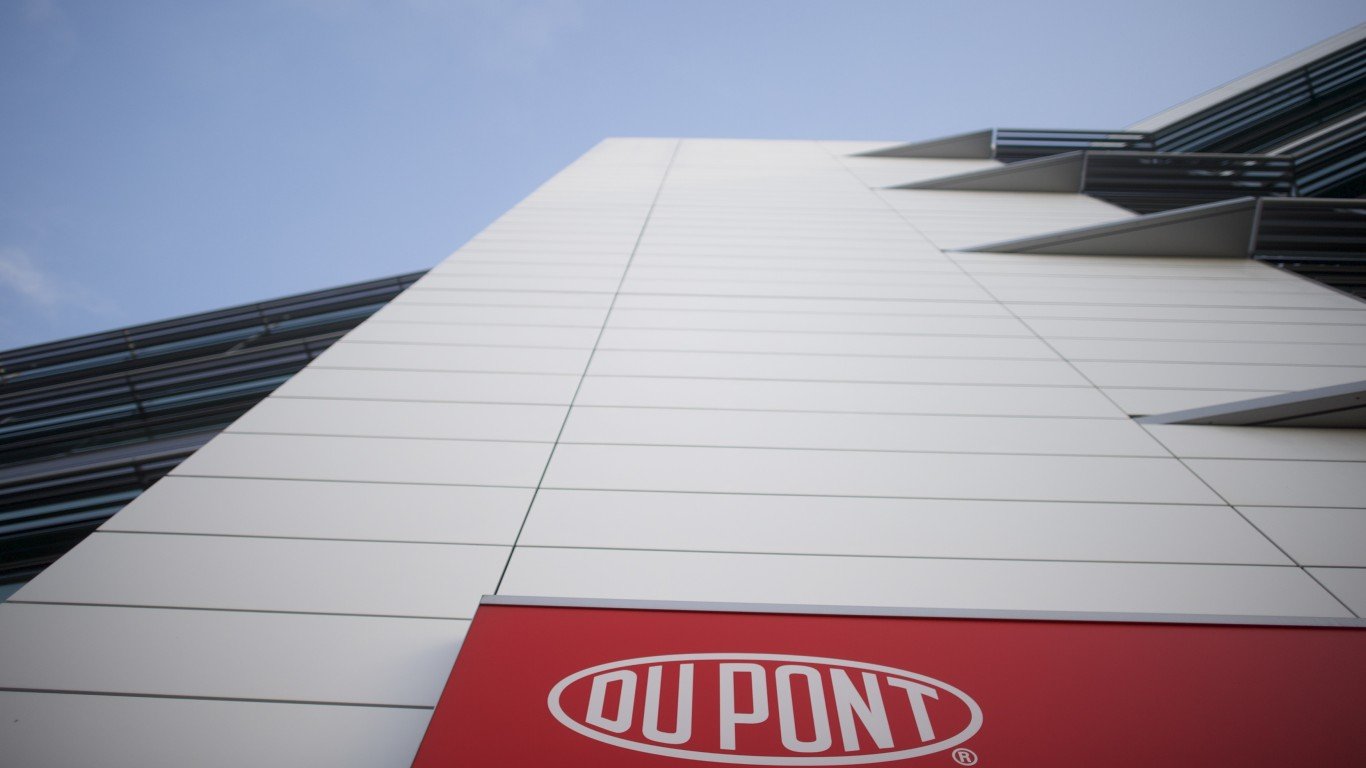
While the $130 billion merger was one of the biggest in the last 20 years, it wasn’t without issues. By April 2019, the company split into 3 separate entities. Dow now focuses solely on commodity chemical production. DuPont focuses on specialty chemical production. The third company, Corteva, a new operation, focuses on agricultural chemicals.
1. Verizon Buys Verizon Wireless
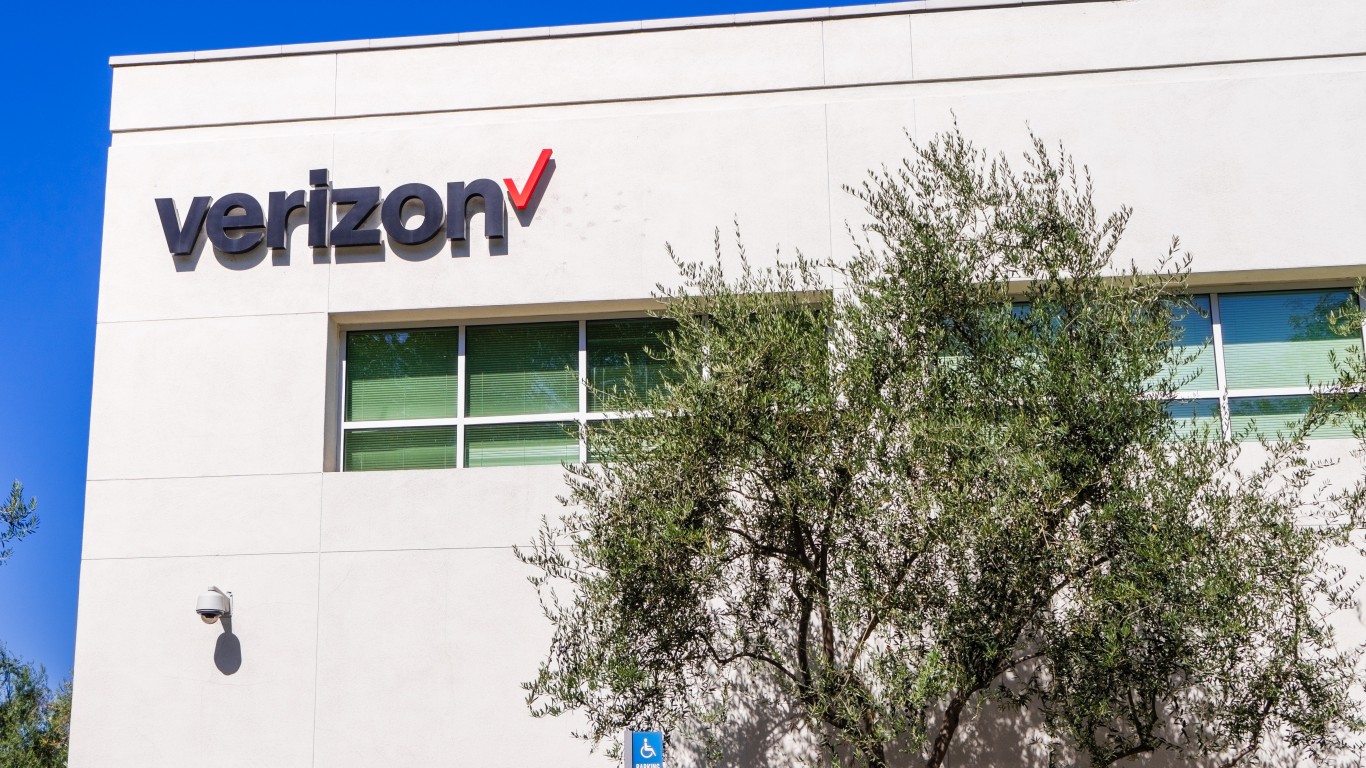
The largest merger of the last 20 years is undoubtedly the purchase of Verizon Wireless by Verizon. At first glance, this might sound weird in that one would believe Verizon already owned its wireless division. However, Verizon Wireless had been partially owned by Vodafone since 1999. To free Verizon Wireless from Vodafone and grab the outstanding 45% of shares, Verizon shelled out $130 billion in total.
Verizon Now Second Largest Carrier
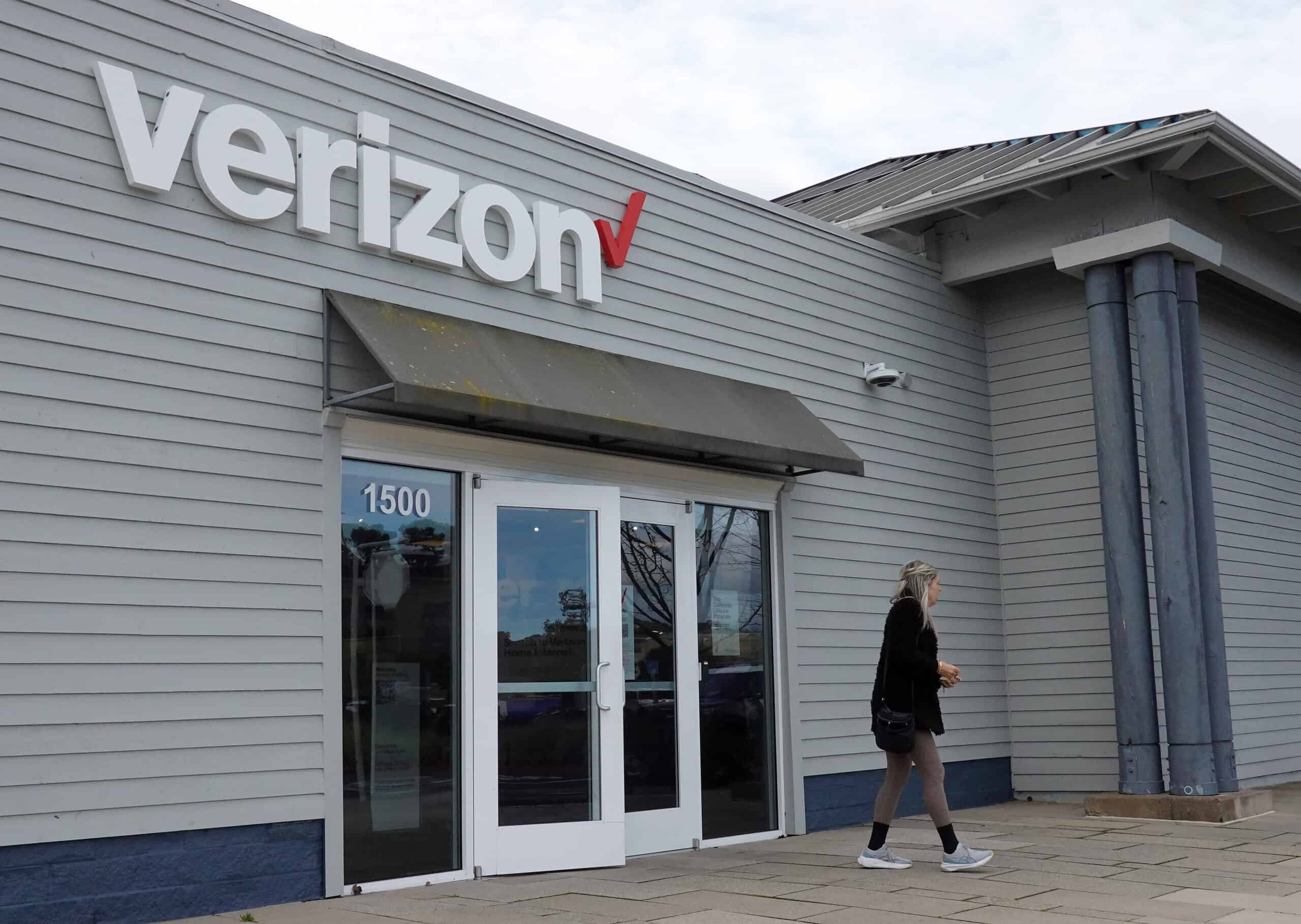
The deal was structured with Verizon handing over just under $59 billion in cash and $60 billion in Verizon stock. As a result of the deal, Vodafone would drop its rank as the second-largest wireless company in the world. The resulting Vodafone, though richer, was now known as the fourth-largest wireless company.
Take This Retirement Quiz To Get Matched With A Financial Advisor (Sponsored)
Take the quiz below to get matched with a financial advisor today.
Each advisor has been vetted by SmartAsset and is held to a fiduciary standard to act in your best interests.
Here’s how it works:
1. Answer SmartAsset advisor match quiz
2. Review your pre-screened matches at your leisure. Check out the advisors’ profiles.
3. Speak with advisors at no cost to you. Have an introductory call on the phone or introduction in person and choose whom to work with in the future
Take the retirement quiz right here.
Thank you for reading! Have some feedback for us?
Contact the 24/7 Wall St. editorial team.

